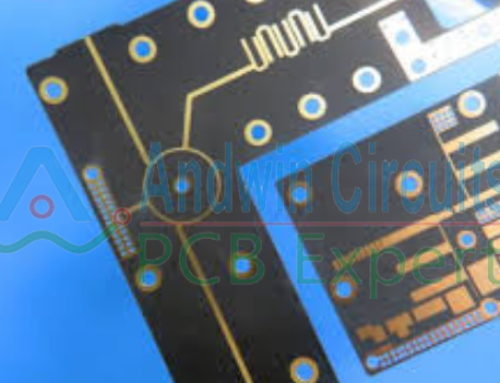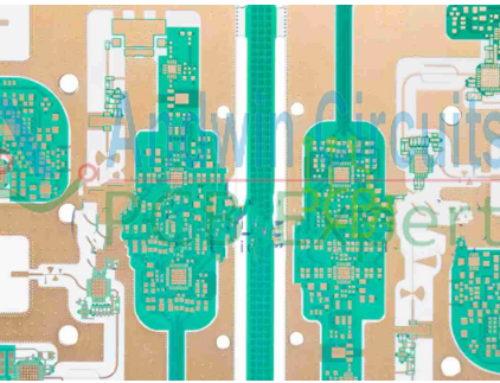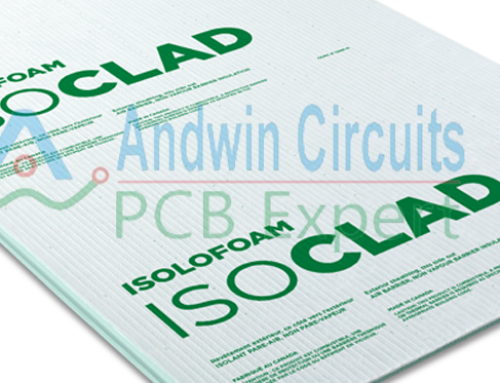How to Calculate the Flex PCB Bend Radius
Circuit boards have allowed humanity to step into the modern era.
One can argue that they are the cornerstone of humanity’s most recent achievements.
All scientific research, whether concerning the life sciences or modern physics, requires complex electrical devices for accurate analyses.
Consequently, circuit boards provide the means to use electricity and breathe life into appliances and devices.
Technology would merely cease to exist without them since they are virtually the foundation upon which all electrical products are built.
In recent times, they too have undergone quite some change.
We now have printed circuit boards that aid us in developing increasingly intricate applications and systems.
Printed circuit boards are divided into rigid boards, flex circuit boards, and rigid-flex circuit boards.
Perhaps, flex circuit boards can arguably be considered the most innovative of the three.
In this article, we will explore their benefits, understand flex PCB bend radius, and finally teach you how to calculate flex PCB bend radius.
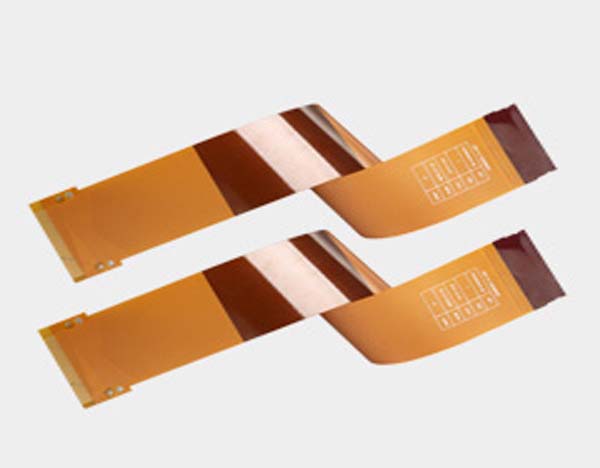
There is, however, a limit to the amount of strain flex PCBs can be subjected to.
When they are bent out of shape, the internal bend experiences compressive forces while the external bend experiences tensile forces.
Knowing the limits of these forces that the circuit board can withstand helps with the continued functionality and enhanced performance of an electrical device.
The bend radius is a measure of how much you can bend a flex circuit board without causing any damage or shortening its lifespan.
The smaller the bending radius of a circuit is, the more flexible it will be. There are three types of design standards for flex circuit boards:
1. Flex to Install
This is also called the stable flex and involves the flex layer to be bent into shape to fit into a design.
The bend is introduced in the beginning, and the layer is not subjected to further stress.
For one or two layers, the minimum bend radius can be 6X, while for multiple layers, it can be up to 12X.
2. Dynamic Flex
This design involves repetitive bending of the design; therefore, limiting it to two layers is recommended.
The copper should be allowed to sit on the neutral axis, which is the point that experiences minimal strain or stress.
The minimum bending radius is roughly around 100X.
3. One Time Crease
Minimum bend radius is irrelevant in this design since the flex layer is creased before being installed into the design.
Very thin layers and copper weights are recommended. The copper should be placed as near the neutral axis as possible.
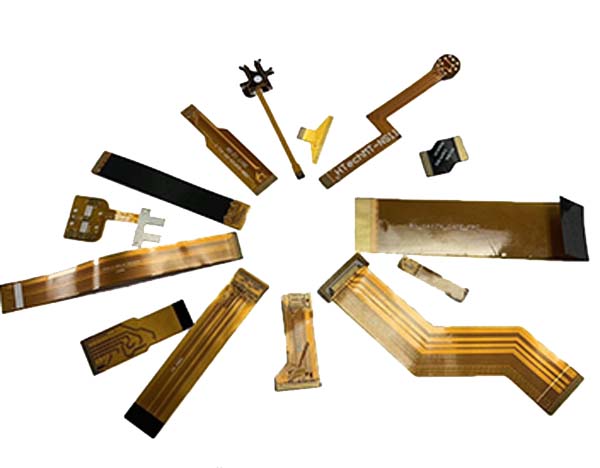
types of bend radius flex pcb
There are two main types of bend radius for flex PCBs: dynamic and static.
1. Dynamic bend radius:
This is the minimum bend radius that a flex PCB can withstand while in motion.
Dynamic bend radius is important for applications where the PCB will be subject to repeated bending,
such as in wearable devices or robotics. The dynamic bend radius is typically smaller than the static bend radius.
2. Static bend radius:
This is the minimum bend radius that a flex PCB can withstand while in a fixed position.
Static bend radius is important for applications where the PCB will be bent to fit into a specific space or shape,
such as in medical devices or automotive applications.
The static bend radius is typically larger than the dynamic bend radius.
In addition to these two main types of bend radius, there are also specific bend radius requirements for different types of flex PCBs,
such as single-sided, double-sided, or multilayer flex PCBs.
It is important to consult with a PCB manufacturer to determine the appropriate bend radius for a specific application.
Other PCB products, you may interesting











